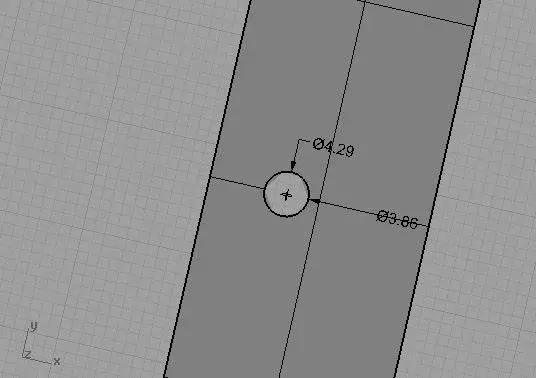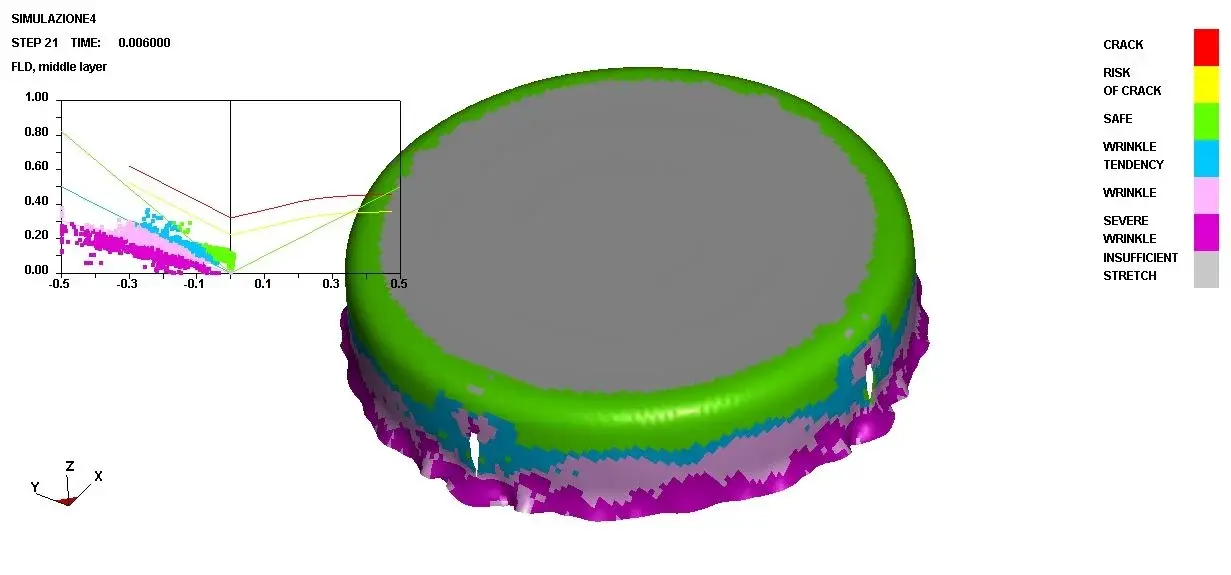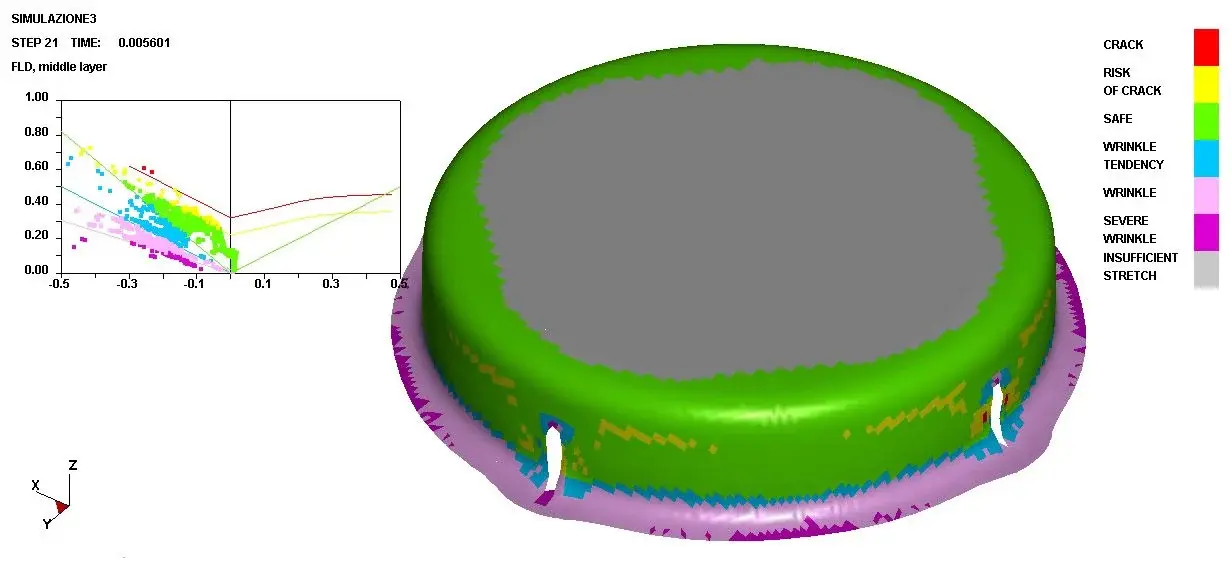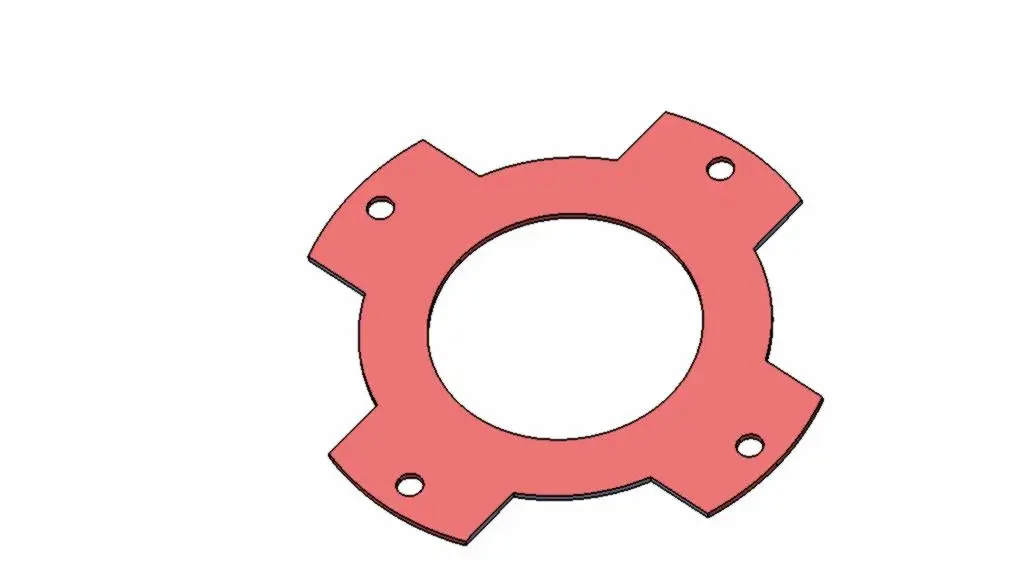Zimmemme
Guest
Hello, I have a question.
I have a sheet made of steel for " deep funnel" of circular shape with a hole in the center and four small perimeter holes in diameter 4.
If I had to put the figure out how much the holes would deform?
I attach the iges file of the model both before and after the funnel.
The model is approximate and only serves to make it clear where I leave and where I want to get there.
Is there a way to minimize hole deformation?
do you notice how to move the holes or change the diameter?
thanks in advance for the answers.
I have a sheet made of steel for " deep funnel" of circular shape with a hole in the center and four small perimeter holes in diameter 4.
If I had to put the figure out how much the holes would deform?
I attach the iges file of the model both before and after the funnel.
The model is approximate and only serves to make it clear where I leave and where I want to get there.
Is there a way to minimize hole deformation?
do you notice how to move the holes or change the diameter?
thanks in advance for the answers.




